Editor's Blog August 14th 2012 - Jellyfish!
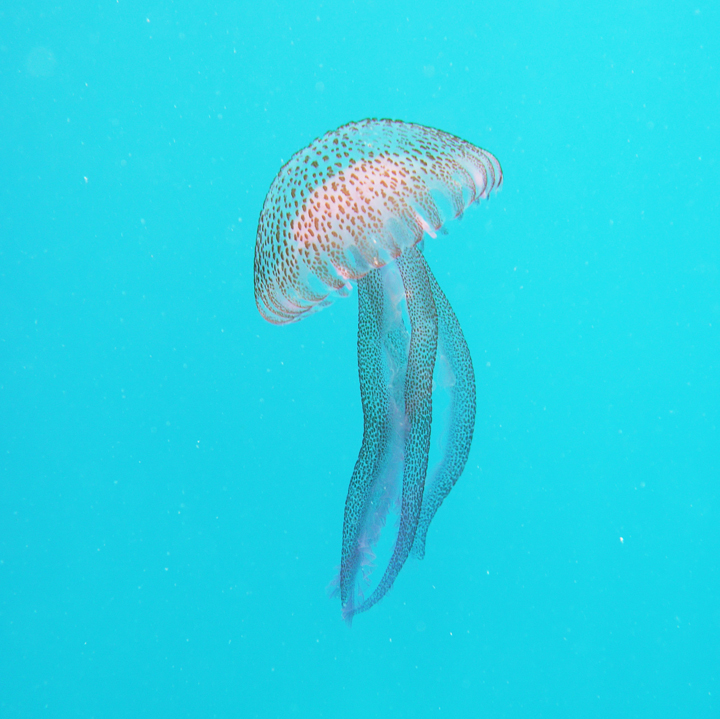 Jellyfish - enough said!
Jellyfish - enough said!
This summer has been atrocious for beach dwellers due to the large number of jellyfish floating around. I have been disappointed to say the least, as neither my tan nor my snorkelling has got any better this year at the beach.
So I started thinking, why is it that we don’t usually have this many jellyfish in Gibraltar every year, what has happened this year? No, I’m no marine biologist and I don’t pretend to be, but i wanted to do my best to come up with some interesting facts about these horrible, annoying, summer wrecking creatures.
Did you know, there are jellyfish in every ocean in the world? They can be found both on the surface as well as the very depths of the oceans too. Experts estimate that jellyfish have been around for somewhere between 500 and 700 million years!
What to be aware of? Simple, the tentacles. The only part of a jellyfish that can harm you is in fact the tentacles. The reason why most people get stung is because they don’t see the jellyfish until it’s too late. Jellyfish are not, in any way, aggressive! They are not like Jaws, creeping up on small defenceless children. Quite the opposite in fact, they just happen to bump into people, usually due to the fact that they are light sensitive. Sometime they follow shadows, which could just so happen to be your shadow.
We should be thankful in Gibraltar though as jellyfish around the world have been found measuring from 1 mm in bell height and diameter, all the way to 2 metres (now that’s a scary thought).
Jellies, as they are referred to, are carnivorous, but they are also passive, meaning they float around hoping to catch prey in their tentacles. They survive by eating plankton, crustaceans, fish eggs and even small fish. Some countries have decided to do it the other way round and eat the Jellyfish instead, like in Japan. Wouldn’t be top of my list of things to eat.
Ever wondered where Collagen comes from? Nope, me neither, but interestingly enough, it comes from Jellyfish. They are harvested in America so as they can remove the collagen, which is then used in Cosmetic Surgery and other medical practices. Maybe the jellies aren’t so bad after all.
If you do have the misfortune of being stung by one of the tentacles, remember, vinegar is what you need. Do not rub the sting, put alcohol on it or even try to clean it with fresh water... that will release more venom and make it worse.
Either way, I know they have been ruining your summer, so i thought it would be good to have a small idea about what they are and what they do. It gives you a bit more information to hate them with.
I was really lucky, I met with Steve Warren from Ocean Optics at the weekend, who is a professional diving photographer. He grew up in Gibraltar and loves coming over here to dive. This week he is here diving with Orcas, but he managed to get some nice shots of some jellyfish. Check out the short video and the photos below.
Scrawled on the inside of a cave as drawings by Eddie!

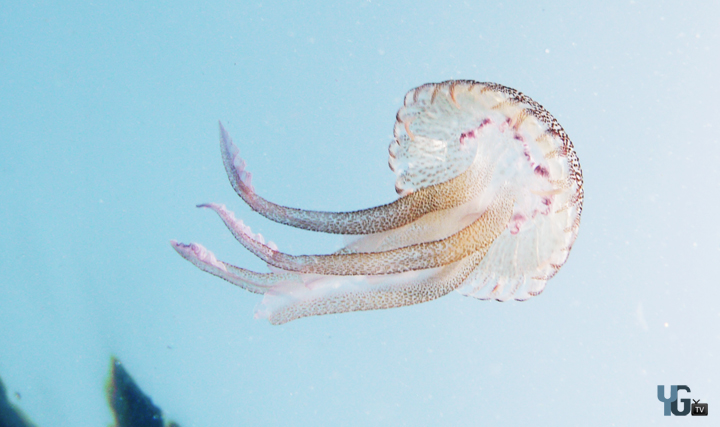
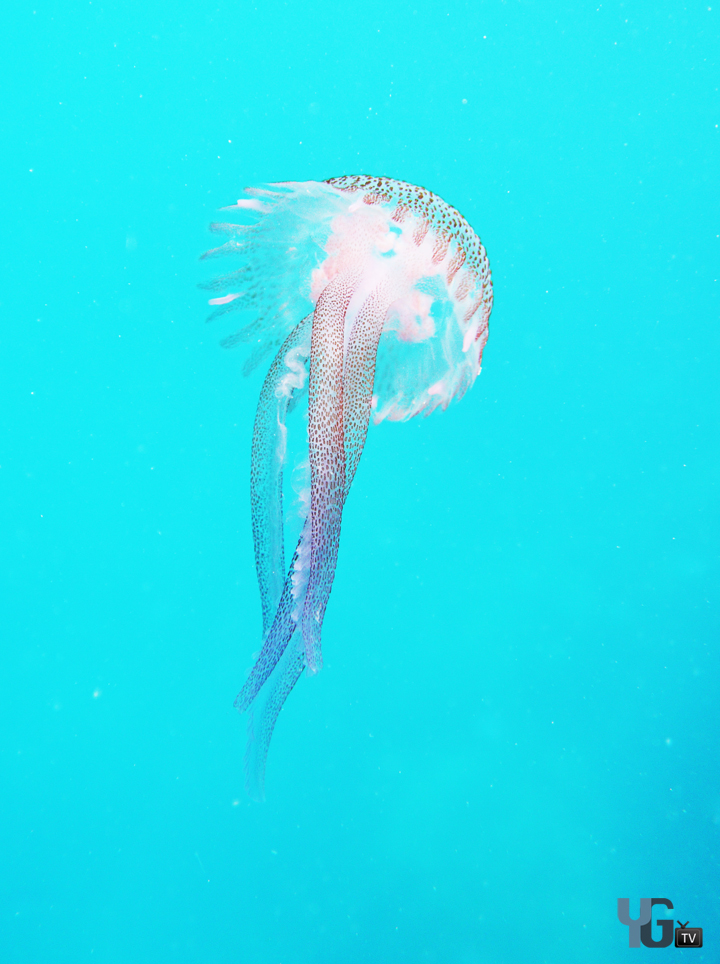
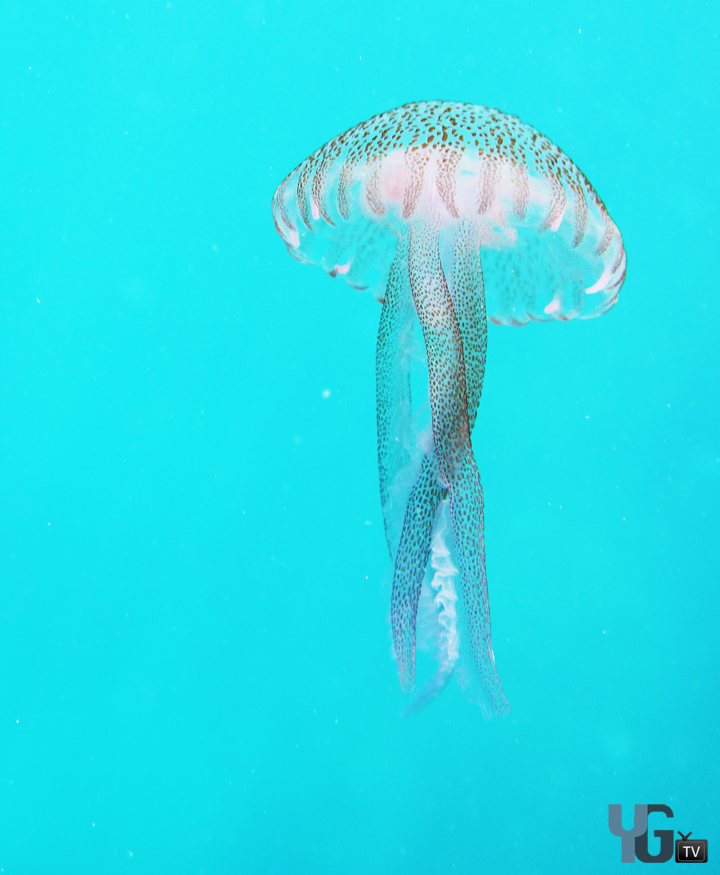
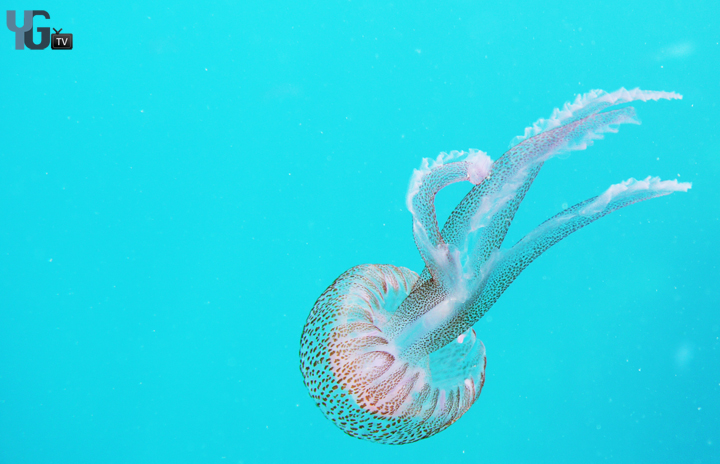
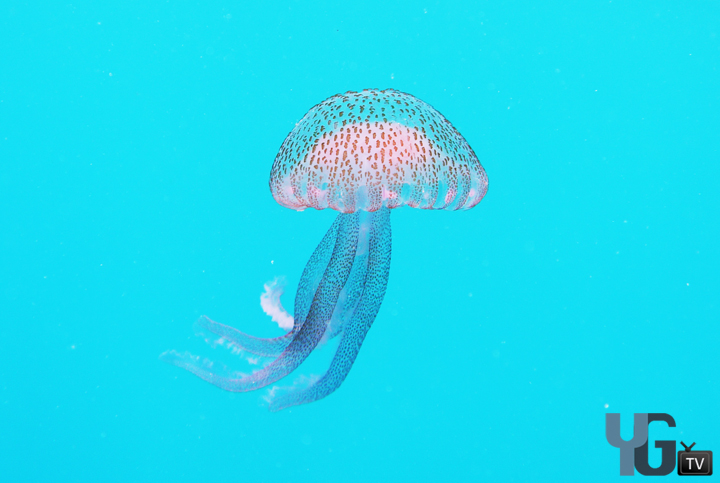
Photos and Video provided by Steve Warren from Ocean Optics.







